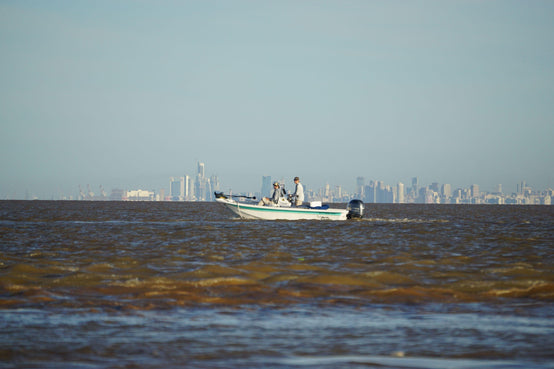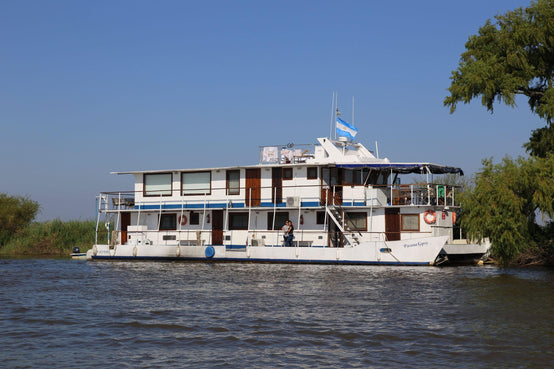General Information
A destination that has taken the international adventure angling scene by storm, many are calling the Tsimane offerings the ultimate freshwater fly fishing experience for the adventurous angler. Rather than focusing on a new river in an already discovered region or a new section of flats in an already-developed fishing area, Tsimane instead has opened a totally new and different door with regard to a new and untouched exotic location. What Tsimane offers is fly fishing for huge golden dorado in small, clear, freestone rivers – something that has to be experienced to be truly appreciated. Unusual? One comparative analogy that we like is the image of fishing for baby tarpon on the Three Dollar Bridge section of the Madison River in Montana.
Instead of mayflies in the air, however, there are thousands and thousands of huge, colorful butterflies fluttering around the river and crawling along the rocky banks and gravel bars. Even though the dorado in Tsimane’s area waters are plentiful, the fishing in these rivers presents a number of challenges (as well as opportunities) for the angler. And although golden dorado are voracious, savage hunters, they are not necessarily easy to catch. As with most fishing situations, the element of surprise is an advantage that anglers will want to take full advantage of. These fish are almost always easily put down if spooked, so every pool and run must be carefully approached, well-planned, and well fished. Working closely with your guide will maximize each opportunity. In most situations, dorado are caught when they are leisurely feeding and unaware of an angler’s presence. That said, their “eats” and their attacks can be very swift and sudden, so accurate casts and timing become important variables. Being able to shoot 40 to 60 feet of line, minimize false casts, and deliver a large fly in an accurate and delicate manner is a huge advantage when fishing this area. Like many saltwater situations, a powerful and accurate double-haul certainly helps.
The Pluma River is a moderately-sized, clear freestone river with an incredibly pristine and beautiful topography. It is more open than many of the other rivers in the area and is easier to wade due to its wide banks, mostly composed of smooth gravel and rock. In order to keep the Pluma River as virgin as possible, motors are restricted, with the exception of a small stretch where the Pluma joins the Secure River. All fishing on the Pluma is done either by wading or poling in aluminum skiffs or dugout canoes. The Itirizama is considered by many anglers to be the “jewel in the crown” of the Tsimane programs. It is similar in size and volume to the upper section of the Pluma River, but it has a steeper gradient and more rugged terrain, giving it a very different look and feel. The Itirizama runs from west to east through rugged canyons, creating the characteristics of a typical mountain stream with fast runs, rapids, waterfalls, and large boulders. This is the most physically intense section of the river to hike, wade, and fish, but the rewards of incredibly scenic beauty and some of the largest dorado in the area make it worth the extra effort. Size prevails over numbers, and this is a true trophy fishery.
+ Listen to this WAYPOINTS Podcast: MARCELO PEREZ – Bolivian Golden Dorado and a Life of Adventure
Boats and Equipment
The inaccessible, remote nature of these rivers makes it virtually impossible to utilize traditional put-in and take-out points with boats, so standard watercraft such as jet boats, john boats, and drift boats are simply not an option. In order to move around and fish upstream waters, Tsimane has designed their boats based on the simple and proven designs of the area canoes favored by the natives. Outfitted with small outboard engines, these wooden, canoe-style, 28’ boats are comfortable and extremely practical for fishing the local waters. Typically, two boatmen will pole the craft up and downriver, utilizing a small motor for running in deeper sections. There are two seats in the canoes for guests and plenty of room for gear and equipment. Although some fishing can be done from the boats in slower, deeper waters, most fishing is done while wading in the river or fishing from the banks and gravel bars. It is recommended that anglers bring all of their own equipment to the lodge, including backup rods and fly lines, and felt-soled wading boots outfitted with carbide-tipped studs. Flies are usually available for sale at both lodges.













































































